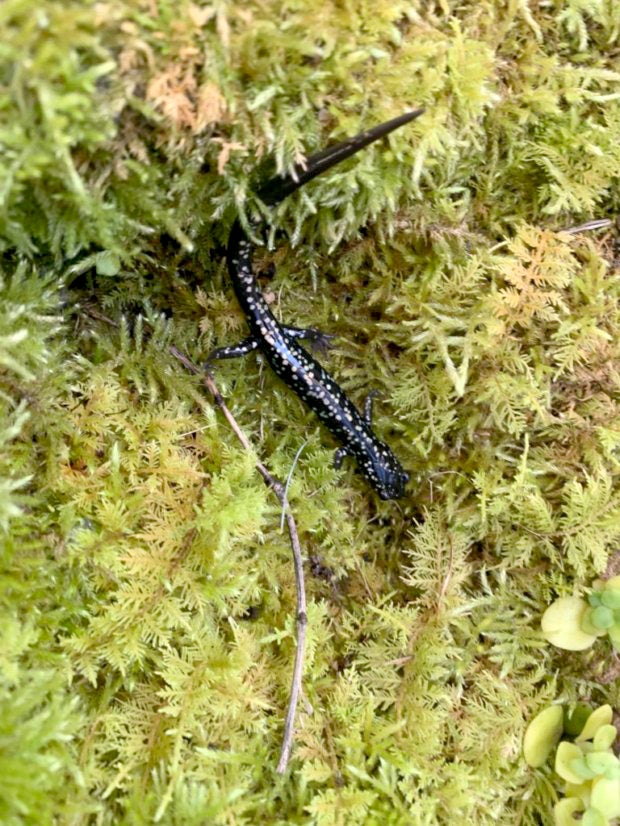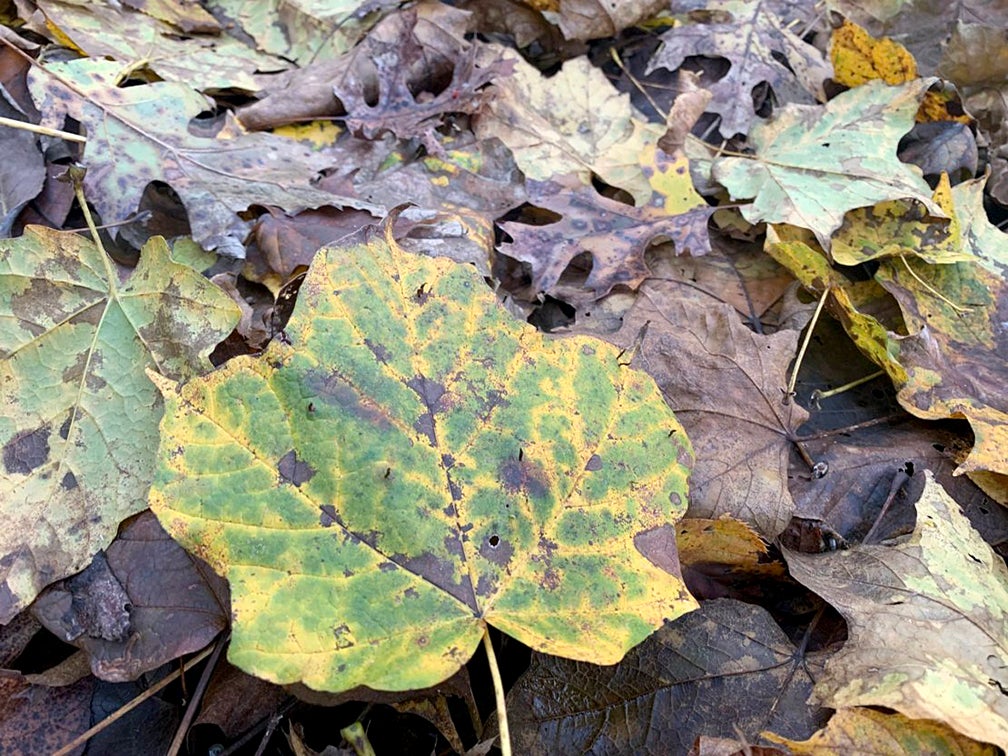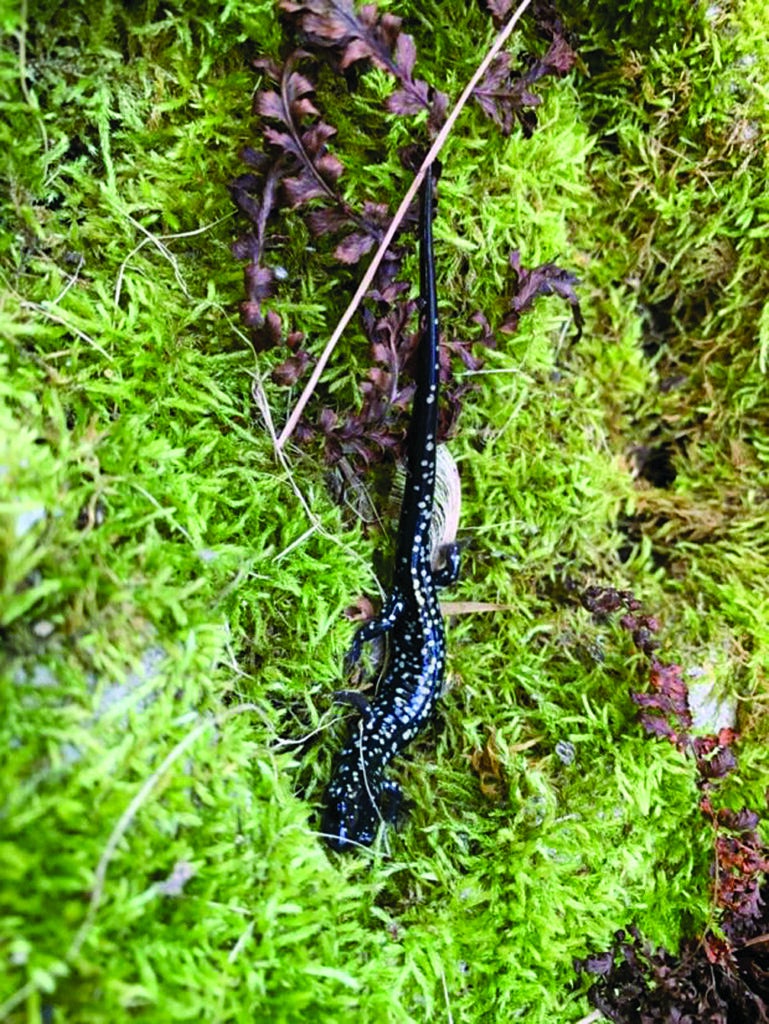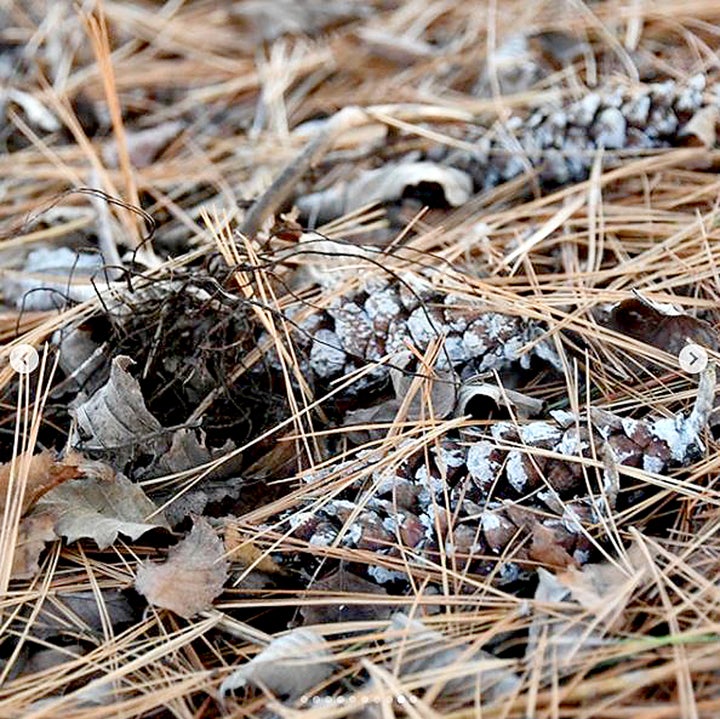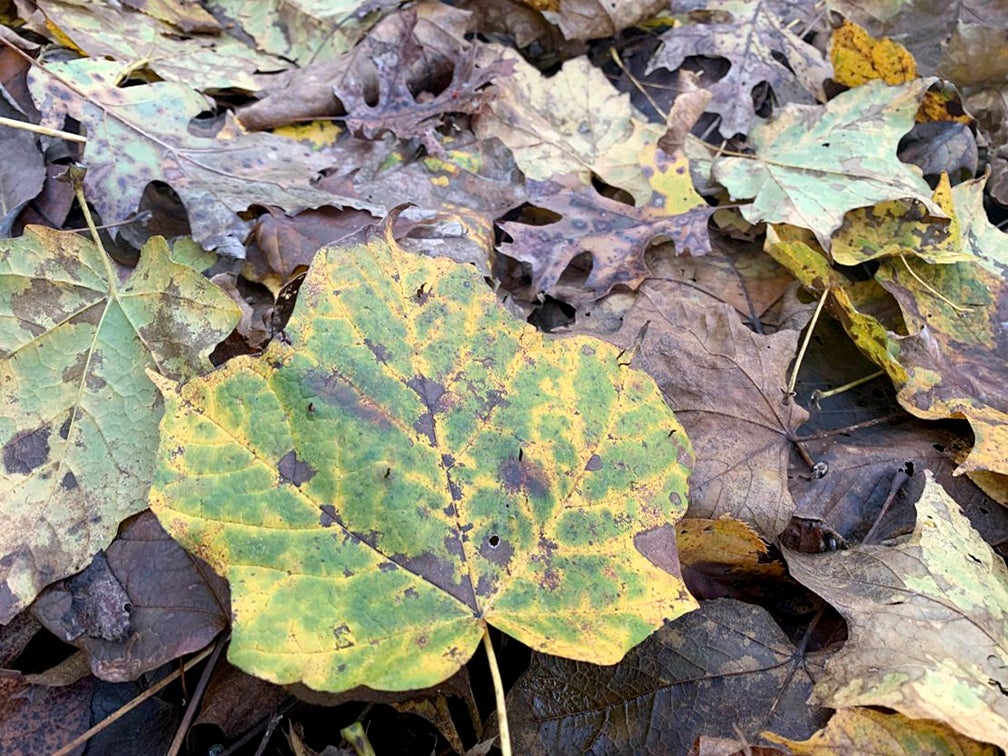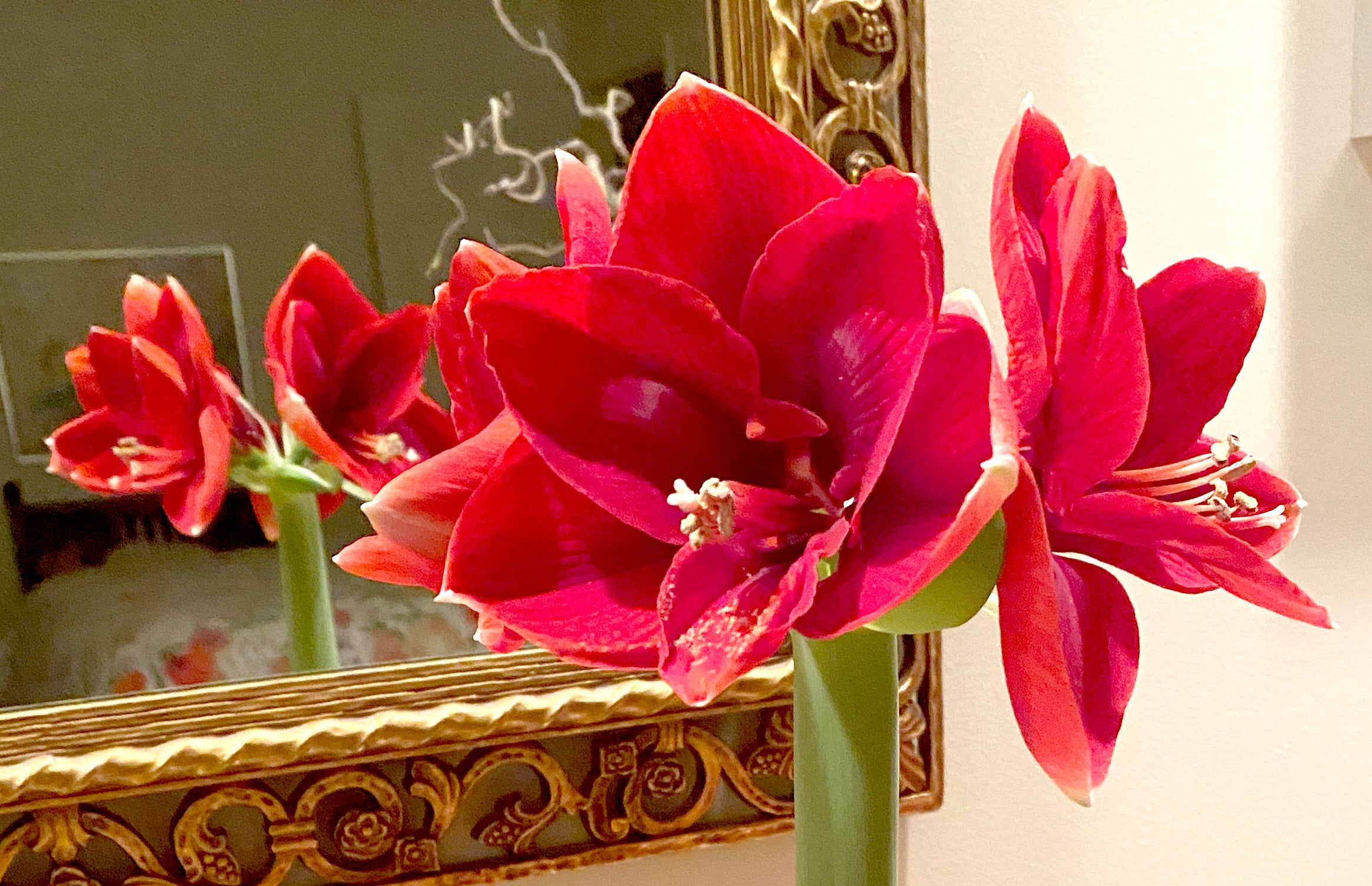Leave the leaves is a popular buzz phrase these days, meant to help wildlife and ecosystem services. Many critters, including turtles, toads, birds, mammals, pollinators, moths, butterflies, and invertebrates rely on leaf litter for food, shelter and nesting material.
However, “leave the leaves” can be a little over generalized and misinterpreted. It doesn’t mean to literally leave leaves where they lay. That could be problematic if you have lawn. Here are a few tips if you want to help balance the ecosystem by leaving the leaves:
• Don’t mow the leaves — there are critters in the leaves, which is the entire purpose of leaving them. By mowing, you will shred leaves which won’t provide the same cover as whole leaves, but also will be destroying eggs, caterpillars and chrysalis. This is also why you shouldn’t be sending your leaves to the curb.
• Find a good place where you can pile some leaves. A few places to make piles: an empty area in a landscape bed, around the base of trees and shrubs — don’t pile directly against the trunk of the tree and make a thick ring around the tree or shrub, in perennial gardens, at woods edge or another natural area. Don’t be afraid to cover your perennials too — perennials grow in nature covered with leaves. Leaves provide additional insulation and protect plants and root systems.
• A thin layer of leaves on grass over winter is okay and possibly even beneficial, however a thick layer will suffocate your lawn. If you are really wanting to help pollinators, you can also consider reducing or eliminating your lawn and planting with beneficial native plants.
Leaving leaves is one of the most valuable things you can do to support pollinators and other invertebrates by providing them with winter cover.
As an added bonus you can also have free mulch, as leaves provide organic matter and build healthy soils. Just like mulch, leaves provide weed suppression and moisture retention.
By leaving the leaves, you also contribute to helping our nation’s waste problem. Every year over 33 million tons of leaves and other yard debris are added to landfills, where they do not have enough oxygen to decompose which creates greenhouse gas methane.
Turning leaves into solid waste is — wasteful. Other fun things to do with your leaves: build a brush, leaf and stick shelter; share with friends and neighbors who may not have as many leaves; and make compost.
Happy gardening!
